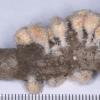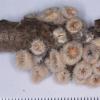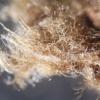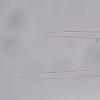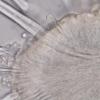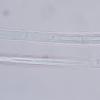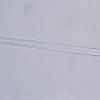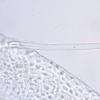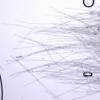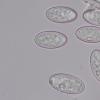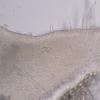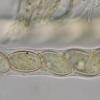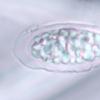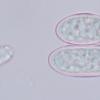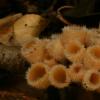
15-12-2025 07:09
 Danny Newman
Danny Newman
indet. Rutstroemiaceae sp. on unk. fallen leavesMc

18-12-2025 21:17
Pol DebaenstThe identification took me to Byssonectria deformi

19-12-2025 10:10
Patrice TANCHAUDBonjour, récolte réalisée en milieu dunaire, a

18-12-2025 17:23
 Bruno Coué
Bruno Coué
Bonjour,je serais heureux d'avoir votre avis sur c

18-12-2025 18:07
Margot en Geert VullingsThese plumes were found on rotten wood.They strong

17-12-2025 18:35
 Michel Hairaud
Michel Hairaud
Bonjour à tous/Hi to everyone I am passing along

15-12-2025 15:48
 Danny Newman
Danny Newman
Melanospora cf. lagenaria on old, rotting, fallen

15-12-2025 15:54
 Johan Boonefaes
Johan Boonefaes
Unknown anamorph found on the ground in coastal sa

15-12-2025 21:11
 Hardware Tony
Hardware Tony
Small clavate hairs, negative croziers and IKI bb
 Hello,
Hello,I made a loan of a collection of Microstoma from South Korea.
For the beginning, I have used the key to the genus by Tie-Zhi et al. 2018 - it´s in Chinese, so I translated it to English using Google Translator - of course this can have some limits, nevertheless, I led me to M. floccosum.
However, in 2021, another species which could be a good candidate was described from Japan - M. longipilum.
According to Tochigara et al. 2021, the main differences should be the colour of apothecia (scarlet or dull red in M. floccosum, salmon pink to pale orange in M. longipilum) and lenght of hairs (but this is a bit unclear to me: "over 1000 micrometers" in M. floccosum, while "up to 3000 micrometers, usually over 1500 micro" in M. longipilum). Some sources give only "up to 1000 micrometers" for hairs in M. floccosum.
I am attaching photos of dry apothecia - in them, I would say the colour fits better for M. longipilum. Also the aggregared growth would be OK for M. longipilum. Note the brown hyphae at the base of apothecia. A photo of fresh apothecia, taken by the collector, can be found in this presentation, in time 28:40: https://www.youtube.com/watch?v=WmtAD5YM4LA
Hairs are often over 1500 micrometers, the longest hair I measured was 1875 micrometers long.
Ascospores in the South Korean collection were (20.2)21.7-26.5(28) × (10.8)11.6-12.5(13.1) µm, Q = 1.8-2.4, n = 55. Me = 23.9 × 12 µm; Qe = 2 (but this cannot help too much, because size of ascospores is overlapping in the two species). The have no apiculi.
What´s your opinion? There are many photos of M. floccosum in the internet, some also having pinkish colour, but I think it cannot be excluded some are wrongly identified.
Zuzana

About the colour, of course, the density of carotenoid pigments can vary and change the global aspect, including with exsicata.
Maybe the biogeography could also help. M. floccosum was first discovered in North America, so Asian collections should be revised. The phylogeny published in the paper introducing M. longipilum shows clearly that Japanese and Chinese collections named M. floccosum belong to a sister clade of North American collections.

It seems it will not be possible to make a clear conclusion without sequencing.
I should have made this loan three years ago, and wouldn't have problems with identification like now ????



